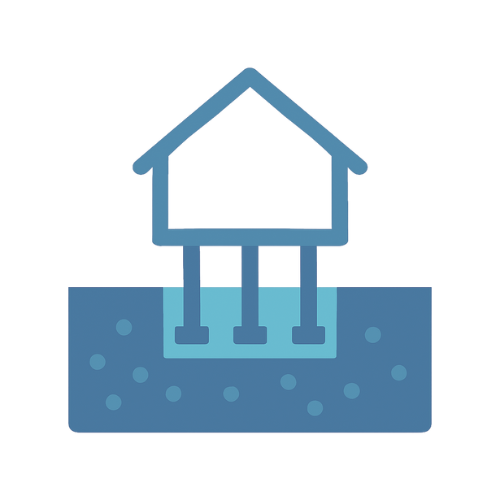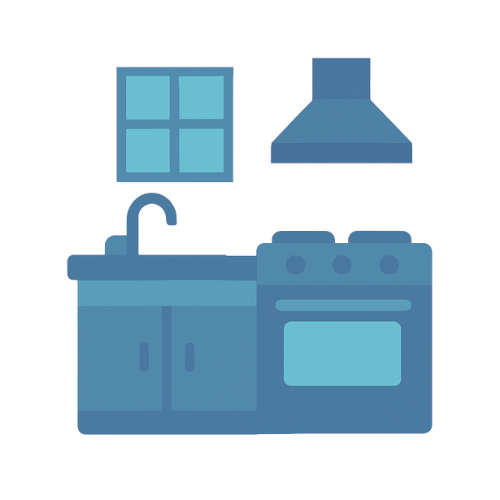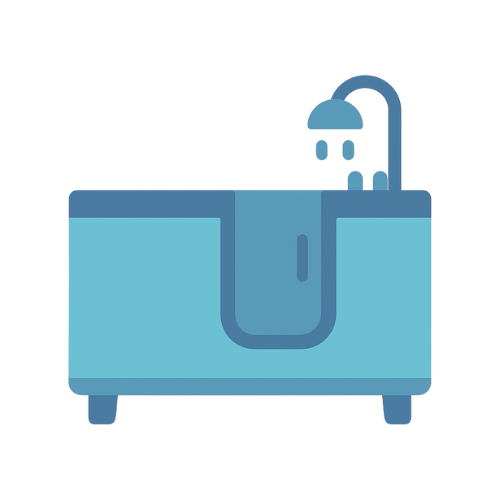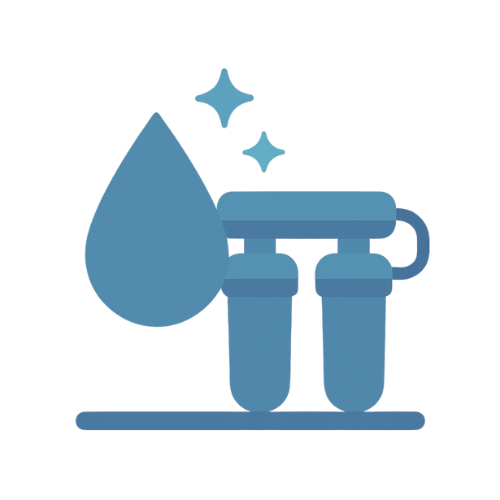Not all pest problems are obvious. In fact, some of the most damaging infestations start quietly—behind your walls or under your floors—long before you ever spot a bug or rodent in plain sight.
At USA Home Adviser, we believe prevention starts with early detection. That’s why we’ve compiled this guide to help you recognize the early warning signs of hidden pest activity—plus smart, actionable steps you can take before things spiral out of control.
1. Unexplained Droppings or Smudges
Small black or brown droppings around your kitchen, pantry, or baseboards can signal a rodent or cockroach issue. Greasy streaks or smudges along walls are also red flags—left behind as pests squeeze through tight areas.
What to Do:
-
Wear gloves and clean droppings with disinfectant.
-
Inspect nearby storage and behind appliances.
-
Set traps or call a pro to identify the pest.
2. Scratching or Scurrying Sounds at Night
Rodents and other pests are most active after dark. Hearing movement in your walls, attic, or ceiling? Something may have moved in.
What to Do:
-
Note where and when you hear the noise.
-
Check attics, basements, or crawlspaces for nests.
-
Seal up entry points and consider a professional inspection.
3. Gnawed Wires, Wood, or Packaging
Shredded insulation, torn food boxes, or frayed wires point to rodent or insect activity—especially in garages, crawlspaces, or kitchens.
What to Do:
-
Look behind appliances and storage shelves.
-
Store food in airtight containers.
-
Repair damage and monitor for new activity.
4. Nesting Materials
Rodents and squirrels use shredded paper, fabric, and insulation to build nests in hidden areas—behind walls, inside cabinets, or in attic corners.
What to Do:
-
Remove nests using gloves and sealed bags.
-
Sanitize the area and wear a mask for safety.
-
Call a pro to fully remove and pest-proof the space.
5. Strange or Musty Odors
A musky or ammonia-like smell may indicate roaches, rodents, or even a dead pest trapped in the wall.
What to Do:
-
Trace the smell to its source (vents, corners, etc.).
-
Improve ventilation and clean nearby areas.
-
If it persists, contact a pest control specialist.
6. Visible Insect Wings or Shells
Piles of wings (termites) or shed exoskeletons (roaches) mean a colony may be nearby, even if the bugs themselves are hiding.
What to Do:
-
Check window sills, basements, and corners.
-
Schedule a termite or roach inspection.
7. Tiny Holes or Tunnels in Wood
Termites, carpenter ants, and wood-boring beetles leave behind pinholes, sawdust, and even weakened structures.
What to Do:
-
Tap wood to listen for hollow sounds.
-
Don’t wait—wood damage escalates fast.
-
Contact a termite specialist immediately.
8. Sudden Sightings of Bugs
Seeing one or two pests during the day might seem minor—but often means a larger colony is hidden nearby.
What to Do:
-
Take note of the type and location.
-
Clean up crumbs, standing water, and clutter.
-
Use bait traps or bring in a professional.
9. Damaged Garden or Outdoor Plants
Chewed leaves, stems, or plant roots may mean outdoor pests like aphids, slugs, or rodents—who may migrate indoors next.
What to Do:
-
Monitor your garden for chewing, burrows, or slime trails.
-
Use natural repellents or mesh barriers.
-
Consider perimeter pest control as added defense.
10. Cracks or Holes in Your Home’s Exterior
Tiny entry points around foundations, rooflines, windows, or vents are like open doors to pests. If you notice new gaps or chewed holes—something may already be inside.
What to Do:
-
Seal openings with caulk, mesh, or steel wool.
-
Add door sweeps and inspect weather stripping.
-
Book a pro inspection for full peace of mind.
What to Do Next: Your Pest Response Plan
If you’ve noticed one or more of these signs, it’s time to act:
Step 1: Confirm the Problem
-
Look for patterns: Where, when, and how often signs appear.
Step 2: Take Preventive Measures
-
Seal entry points
-
Eliminate food and water sources
-
Clear clutter indoors and out
Step 3: Choose DIY or Pro Help
-
Minor issues? Start with traps and natural deterrents.
-
Ongoing or severe signs? Call a licensed pest professional for full inspection and treatment.
Need Help Finding a Trusted Pest Pro?
USA Home Adviser makes it easy. We connect homeowners with local, vetted pest control professionals who can identify and eliminate infestations fast—and help prevent them from returning.
Get a Free Pest Control Quote Now
Fast. Local. No Obligation.



























